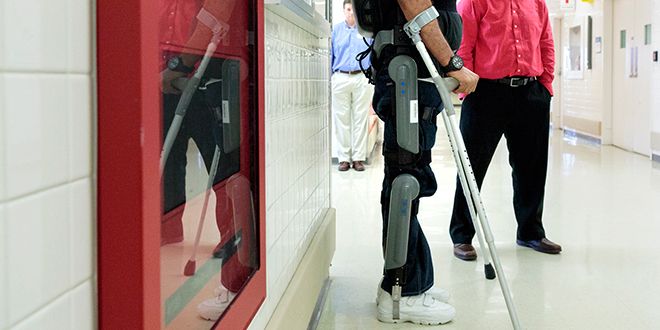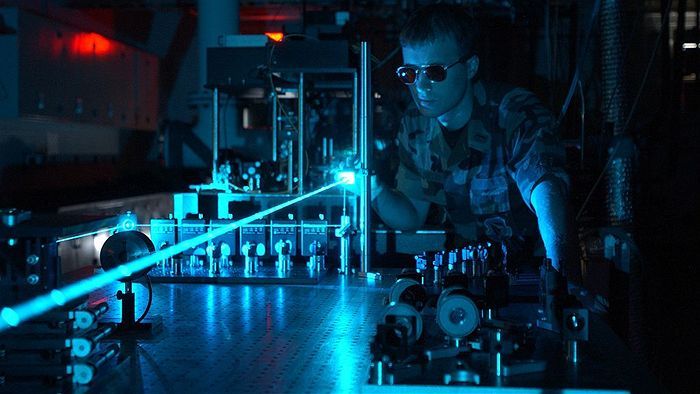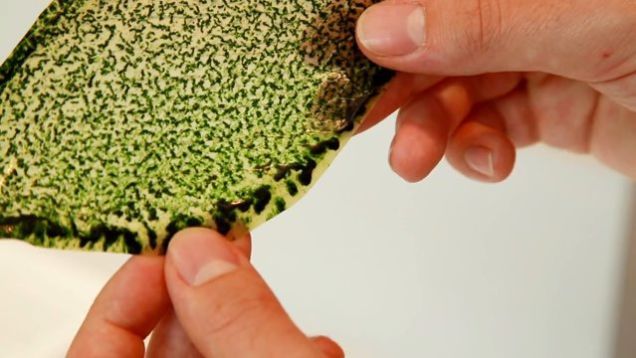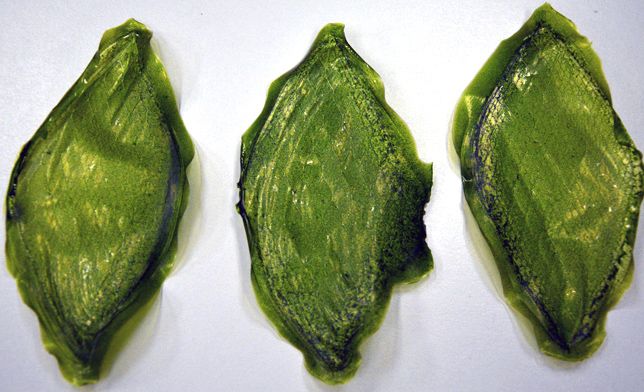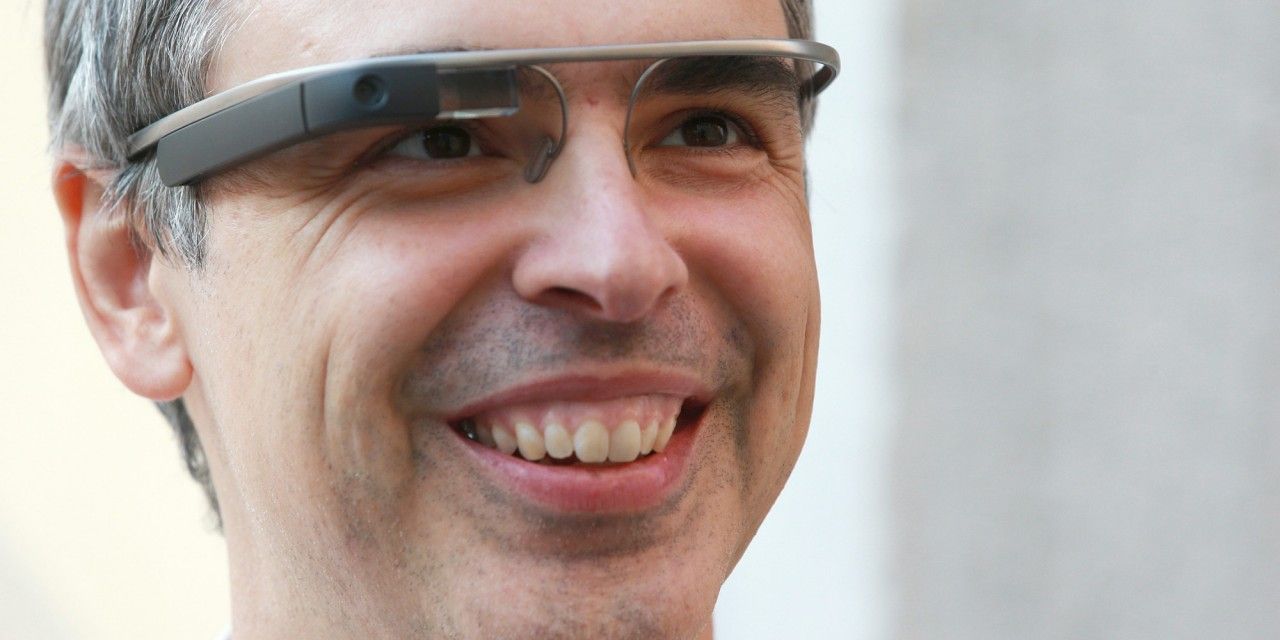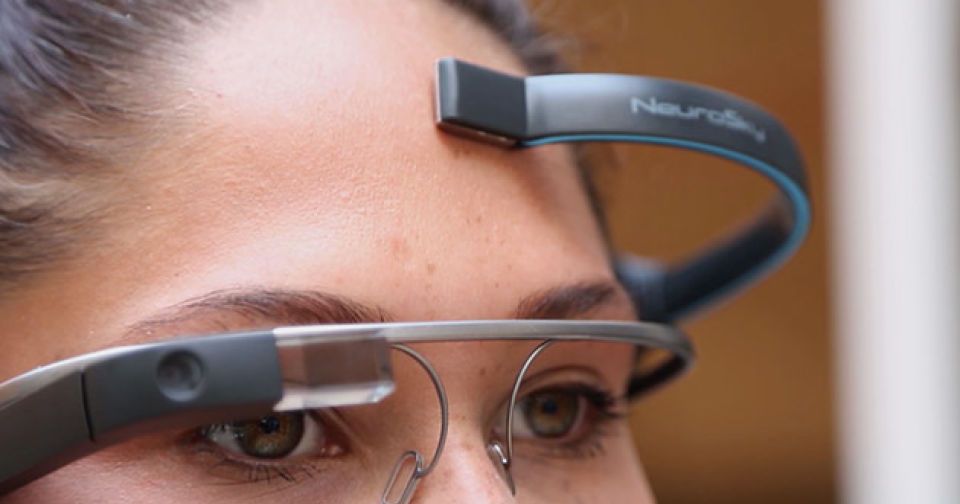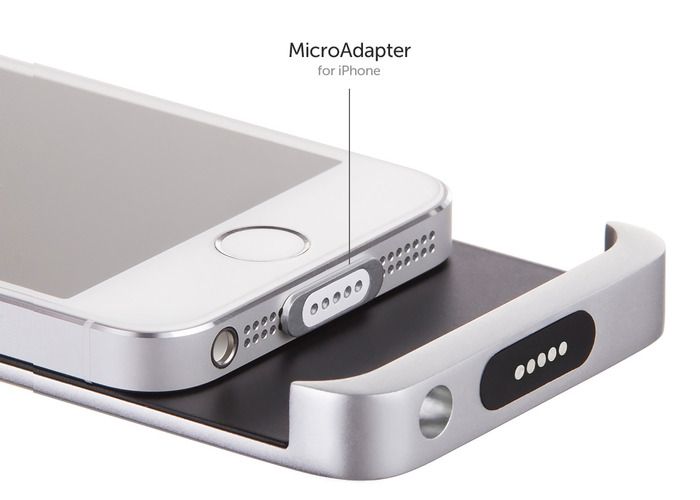
If you’ve got an iPhone, there is a good chance you also have a MacBook. The MagSafe charger on Apple’s laptop offerings is easy to use, leading some to want an iPhone with the same functionality. A recently funded Kickstarter is attempting to bring it to us, and even slaps in a battery pack for good measure.
The draw for Cabin is twofold: the magnetic charging, and the battery pack. The battery pack slips onto the rear of the device, much like we see with the Case+ lineup from Logitech. Aluminum, Cabin is relying on your sensitivity to style for the battery pack. At 2200mAh, it’ll charge you up more than once, too.
The magnetic charging is a bit more adapter than anything else. By taking a lightning connector and working a pinned magnetic charger on the end, we get simple, easy, and (hopefully) effective charging. What you won’t be able to do is use your MacBook charger. Cabin includes a Lightning adapter and dock (if you spend a touch more), though.
Read more




